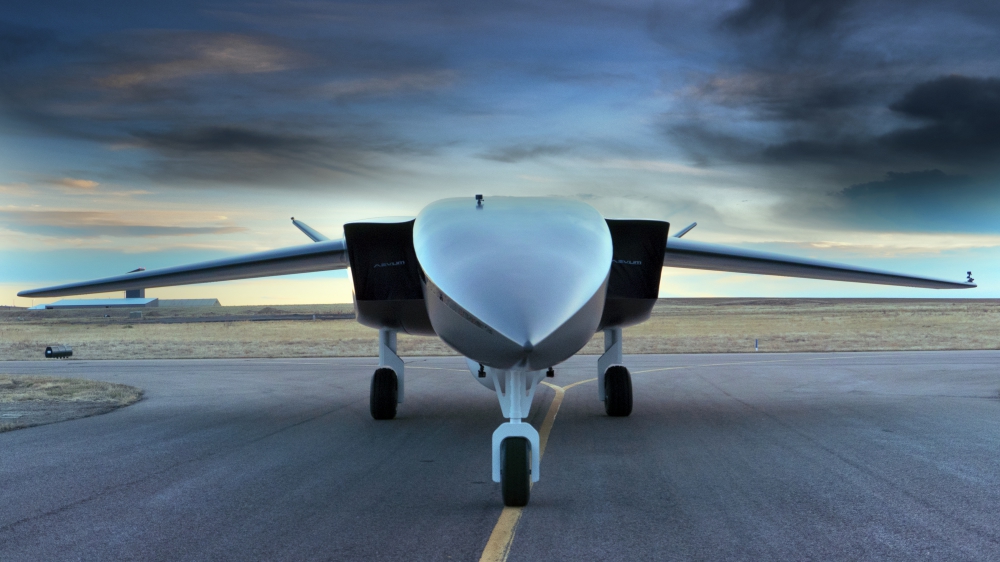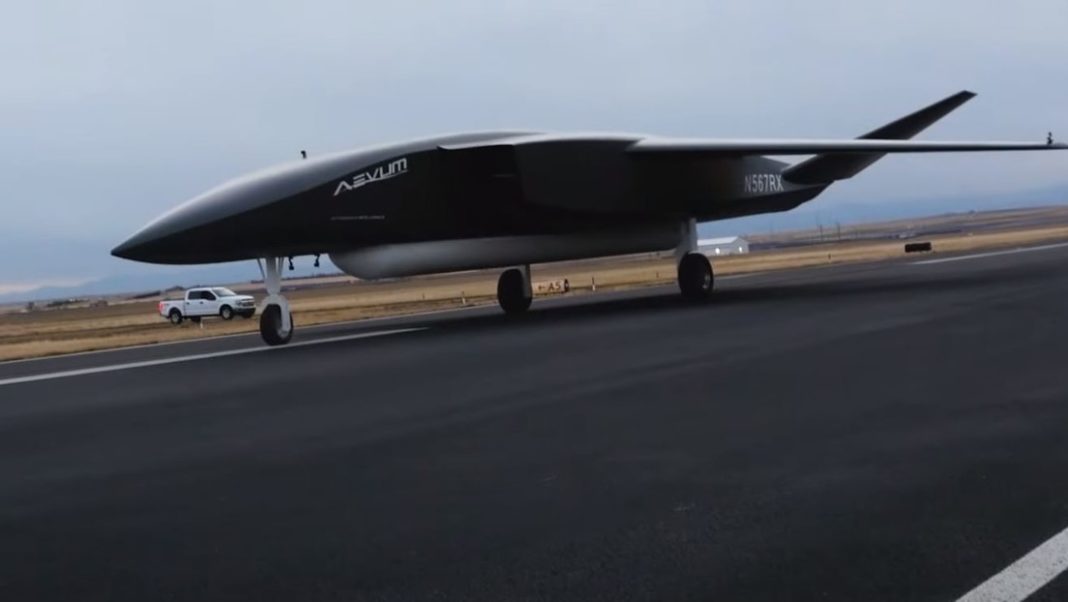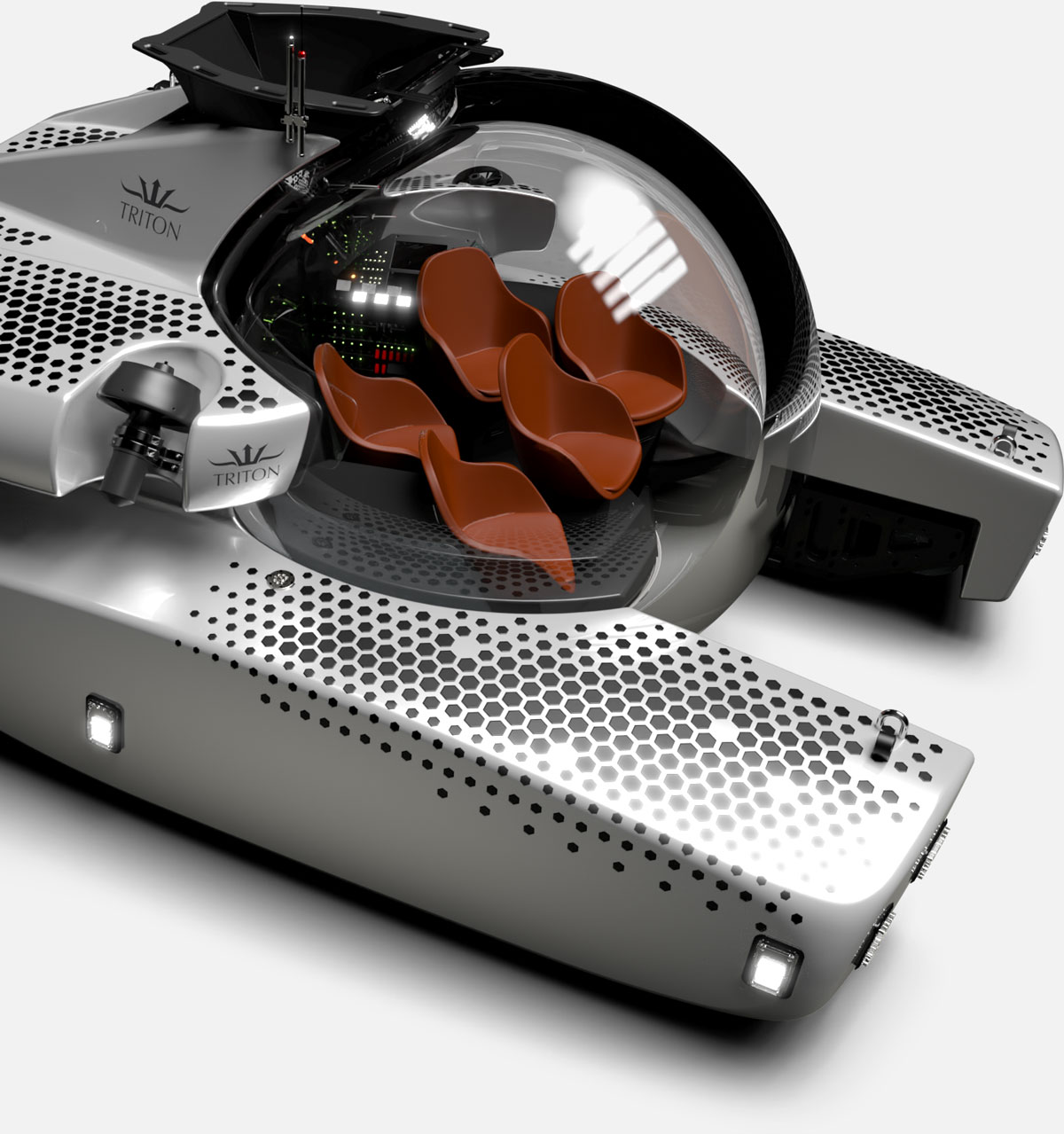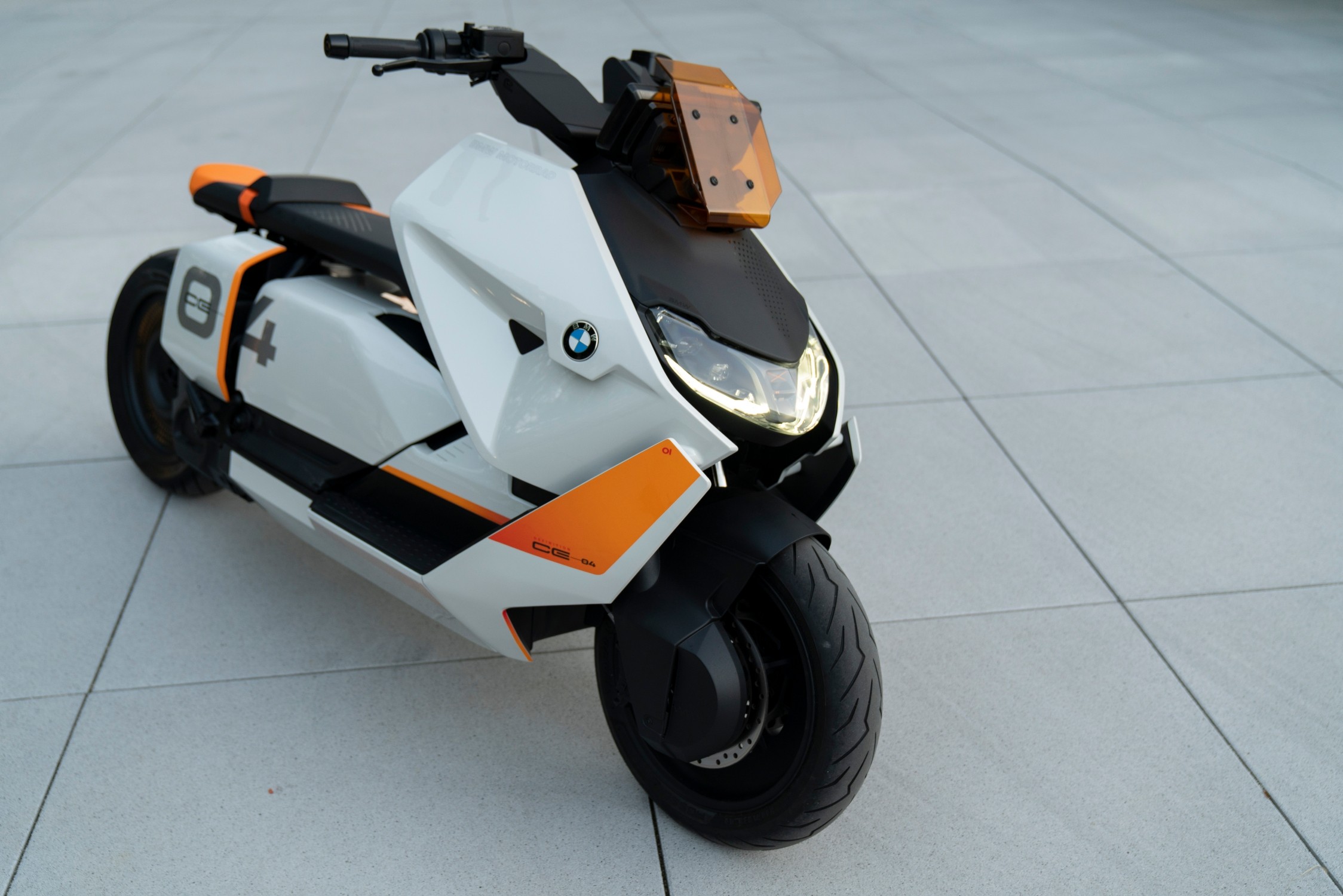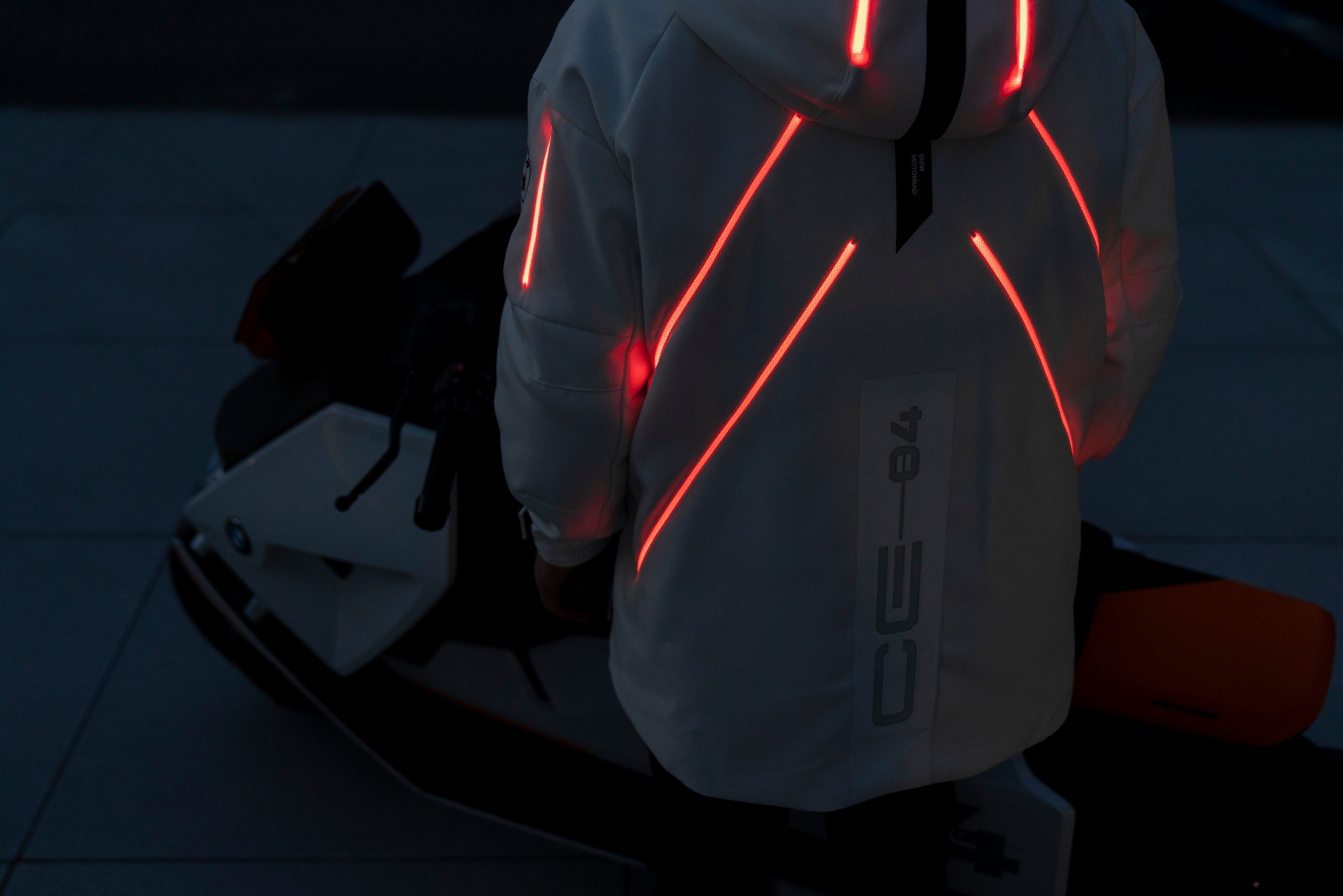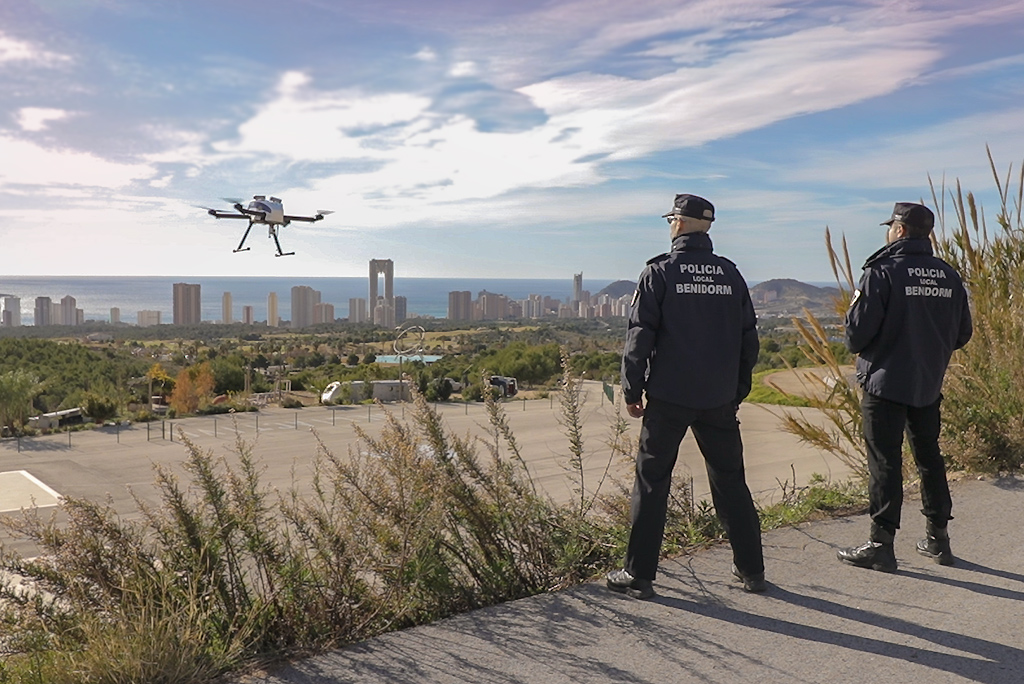New technologies have completely changed our environment and our interaction with the world. In recent years, the term “extended reality” seems to have taken over the scene. To a certain extent, this has blurred the lines between other terms such as virtual, augmented and mixed reality. I will try to explain how these concepts interact with each other and how they may affect our lives in the future.
Extended Reality, or XR for short, is the generic name given to technologies that create computing environments and objects. This concept covers both XR forms already developed and those that will be created in the future. Various technologies differ and are defined primarily by the relationship between the real and virtual worlds.
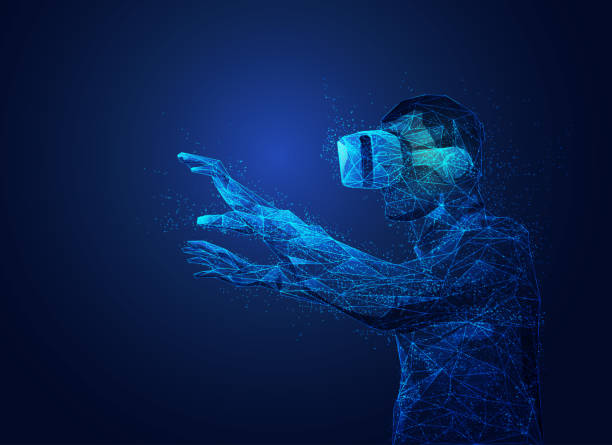
While in augmented reality users perceive virtual objects as an extension of the real world, in virtual reality they are immersed in a purely virtual world. Another hallmark of extended reality is that it is an immersive technology in all its forms.
Augmented reality technology, abbreviated as AR, incorporates virtual objects and data into the real world and thus expands or complements it. Virtual elements can be images, text, or animations. In any case, with augmented reality, the real environment is still perceived as predominant. User interaction with virtual objects is limited to non-existent ones.
Augmented reality is by far the most widely used form of extended reality. Its success is mainly due to the fact that the technical requirements are minimal. With a simple smartphone, tablet or computer, augmented reality can already be enjoyed, making it easily accessible to end users.
Virtual Reality, is a 360-degree environment entirely computer-generated. Users are completely immersed in the virtual world and interact with it, while the real world disappears.
Unlike augmented reality, this extended reality technology requires special equipment. With a virtual reality headset, users experience the virtual world visually, while the real world disappears completely and remains hidden. Thanks to the closed system, the degree of immersion is particularly high and allows the user to fully immerse themselves in the virtual world.
Mixed Reality, combines elements of AR and VR in practice. In this case, it is the most modern and sophisticated immersive technology. This form of augmented reality connects the real world with the virtual environment and creates a new context. The user simultaneously interacts with both real and virtual environments, and physical objects in the real world affect digital elements. This technology requires an MRI headset and particularly high processor power.

Some augmented reality applications have already become part of our daily lives, as for example the filters used in social networks.
The use of virtual reality is progressing, especially in the field of video games, although the technical requirements are still a barrier to success.
The use of mixed reality, on the other hand, is mostly limited to businesses.
In order for all the forms of extended reality mentioned above to find their place in everyday life, a number of problems have yet to be overcome. They are mainly associated with the high costs of developing the underlying technology and the devices required to use it. However, over time, innovations in this area will surely make it accessible to everyone.
To sum up, XR is the future of immersive technology. As these technologies and the market will develop, it will be easier to access them, move from one to the other and mix them up, since they will eventually merge into one that we do not distinguish and which we are likely to access from the same device.
Reference:





